Folks, like everything else related to reporting this story, you have heard many contradictory claims made about the ability to test for the Corona virus. President Trump and Vice-President Pence are assuring us that the testing bottleneck has been removed while most media reports claim there is a severe shortage of test kits. Why can’t we even agree about this seemingly nonpartisan issue? Today, I’m going to take a look at this question.
How to Test
The best explanation of the test for Corona can be found in the article
How do we test for coronavirus, anyway?
But if you’re not familiar with the tools of molecular biology, the CDC’s testing procedure might as well be written in another language. What follows is a description of how to go from an unknown virus to a diagnostic test in less than a month.
Because we know what the average coronavirus looks like, we have been able to identify areas that don’t change much over the evolution of new members of this family of viruses. And that allows us to obtain sequences of its genome without first isolating the virus.
The first challenge of sequencing a coronavirus genome is that it’s made of RNA rather than DNA. Most of our tools for working with nucleic acids are specific to DNA. Fortunately, we’ve discovered an enzyme called “reverse transcriptase” that takes RNA and makes a DNA copy of it—transcription is the copying of DNA into RNA; this enzyme does the opposite, hence the name. (Reverse transcriptase was first identified in other RNA viruses that need to be copied into DNA as part of infection.) Using reverse transcriptase, researchers were able to make DNA copies of parts of 2019-nCoV as a first step to studying its genome.
But reverse transcription of samples from infected individuals would simply create a mess of DNA fragments from everything present: the patient’s own cells, harmless bacteria, and so on. Fortunately, DNA sequencing and analysis techniques have become so advanced that it’s now possible to just sequence the whole mess, irrelevant stuff and all, and let computers sort out what’s present. Software is able to take what we know about the average coronavirus genome and identify all of the fragments of sequence that look like they came from a coronavirus.
Other software can determine how all these fragments overlap and then stitch them together, producing a near-complete coronavirus genome.
To make a diagnostic test specific to 2019-nCoV, researchers had to look for areas of its genome that don’t change rapidly over coronavirus evolution but have changed enough in this branch of the family that they can be viewed as its distinctive signature. Those sequences can be used to design a means of amplifying a piece of the 2019-nCoV genome using a technique called the polymerase chain reaction, or PCR.
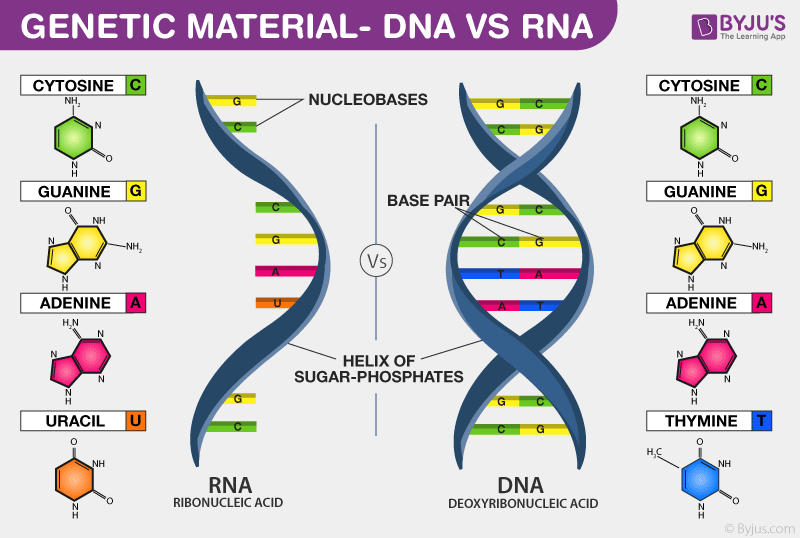
Test Kits
Below is a quote from Politico which is typical of media reports:
A looming shortage in lab materials is threatening to delay coronavirus test results and cause officials to undercount the number of Americans with the virus.
The slow pace of coronavirus testing has created a major gap in the U.S. public health response. The latest problem involves an inability to prepare samples for testing, creating uncertainties in how long it will take to get results.
Exclusive: U.S. coronavirus testing threatened by shortage of critical lab materials
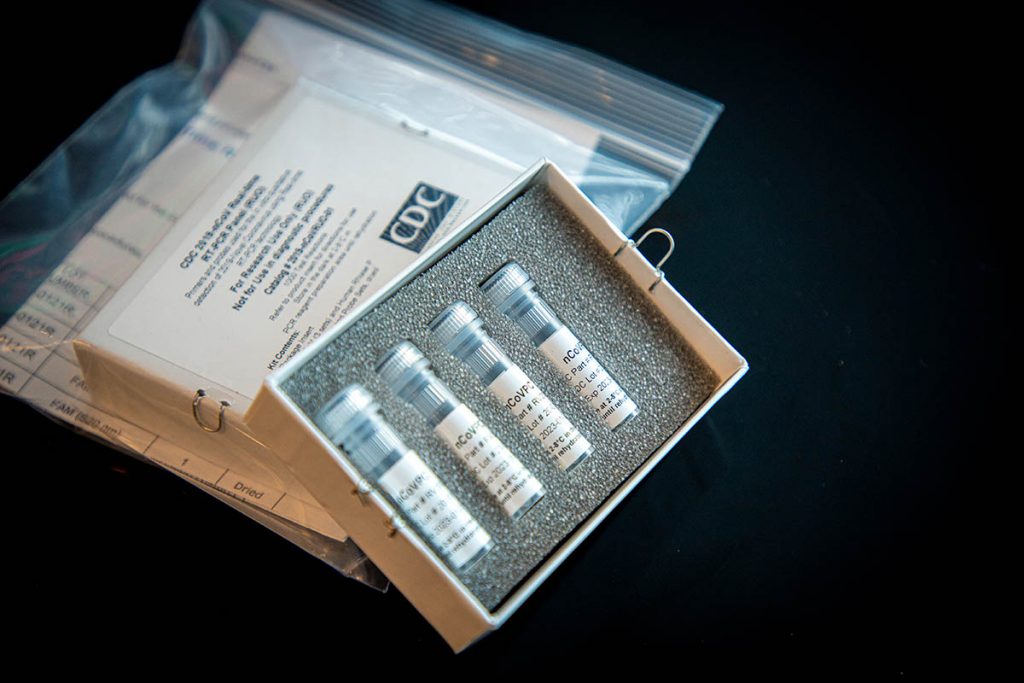
Fox News is piling on too.
America needs to distribute hundreds of millions of test kits to identify people infected with the coronavirus now spreading around the world – a massive amount that far exceeds the number of test kits now available.
Vice President Mike Pence and Health and Human Services Secretary Alex Azar said Tuesday that over 1.1 million coronavirus test kits have been distributed across the U.S. and over 4 million more will be distributed by the end of the week. Unfortunately, that number is woefully inadequate for the task at hand.
Dr. Robert Siegel: Coronavirus response requires several hundred million test kits – a massive increase
Then you see a report like this about two test kits. Yep, two kits for the whole State of Ohio.
COLUMBUS, Ohio – Two new coronavirus testing kits arrived in Ohio on Wednesday afternoon, which will allow the state to test 800 to 1,000 more people, Ohio Department of Health Director Dr. Amy Acton said after a Wednesday COVID-19 briefing.
Nationwide, there’s been a shortage of testing kits.
Two new coronavirus testing kits arrive in Ohio — state can test 800-1,000 more people

Pence is talking millions of tests and then two days ago, I read that only 5,000 people have been tested. WTF?
Public health labs across the U.S. have tested more than 5,000 people, according to the Trump administration. HHS Secretary Alex Azar told lawmakers on Tuesday that U.S. labs’ capacity could grow to 10,000-20,000 people per day by the end of the week.
“Increased demand for testing has the potential to exhaust supplies needed to perform the test itself,” said Robin Patel, president of the American Society for Microbiology. That would limit the testing capacity of public health, hospital and commercial labs alike, she added.
Exclusive: U.S. coronavirus testing threatened by shortage of critical lab materials
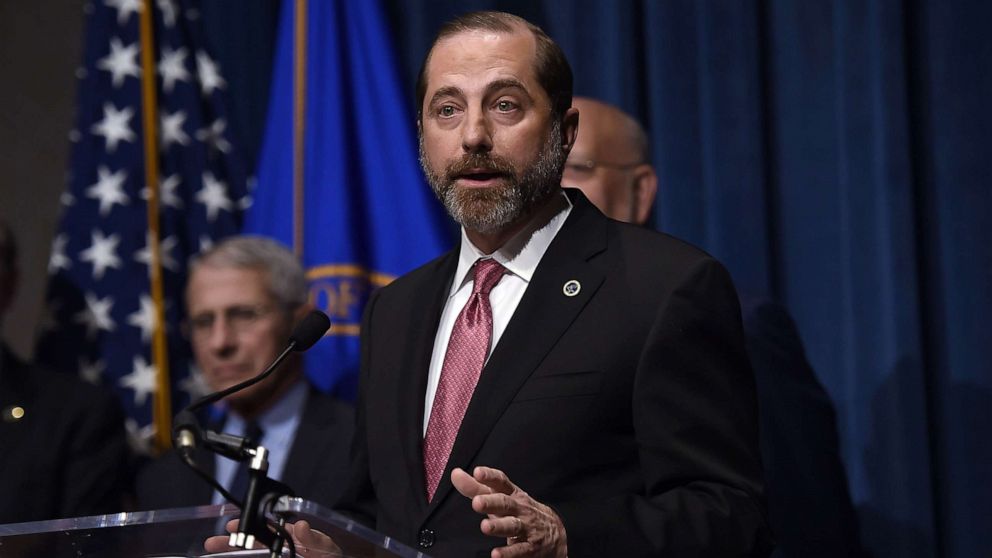
This sounds kind of dire but as I’m reading articles like this, I’m also hearing ads on the radio by private labs offering to do Corona tests. So is there a shortage or not?
The same article that says there is a shortage in government labs, says that the private sector has no such problems.
Commercial labs, which have recently started running coronavirus tests, have not experienced any supply shortages, according to a spokesperson for the American Clinical Laboratory Association.
Exclusive: U.S. coronavirus testing threatened by shortage of critical lab materials
So there you have it. Virtually simultaneously we have reports of 5,000 to 1.1 millions people tested depending on the source.
To further complicate the question is test methodology.
Complicating the situation, most labs have been running at least two tests per patient — although that could soon change. The CDC issued interim guidelines on Monday that minimize the number of tests required for a diagnosis. The agency says labs can combine a patient’s nose and throat samples into one test, a move experts say will cut in half the amount of supplies used to test each person.
Exclusive: U.S. coronavirus testing threatened by shortage of critical lab materials
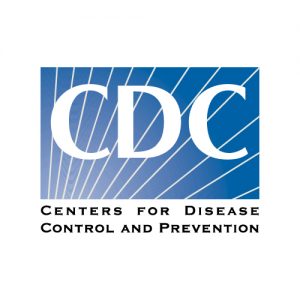
Testing and test kits are often discussed as if they represent a single entity. However, there are a multitude of ways to test for the coronavirus. Different types of tests provide important tools in the battle against this serious infection and contribute in unique ways to our understanding of this virus.
Dr. Robert Siegel: Coronavirus response requires several hundred million test kits – a massive increase
In Ohio, only the highest-risk cases get tested at the state lab — in which patients are elderly, have health conditions or compromised immune systems or are health workers.
Lower-risk cases are being tested by private labs — specifically LabCorp and Quest Diagnostic, as well as at some hospitals, although which hospitals were not specified.
For lower-risk cases, a test cannot happen until there’s an order from a doctor, nurse practitioner or physician’s assistant. And it cannot be ordered until the flu and other respiratory illnesses are eliminated as possibilities.
Two new coronavirus testing kits arrive in Ohio — state can test 800-1,000 more people

CDC Test Kits are for governments only not hospitals
CDC’s test kit is intended for use by laboratories designated by CDC as qualified, and in the United States, certified under the Clinical Laboratory Improvement Amendments (CLIA) to perform high complexity tests. The test kits also will be shipped to qualified international laboratories, such as World Health Organization (WHO) Global Influenza Surveillance Response System (GISRS) laboratories. The test will not be available in U.S. hospitals or other primary care settings. The kits will be distributed through the International Reagent Resource
CDC Tests for COVID-19
Corona test kits were requiring two samples per person (upper and lower respiratory) but the government has reduced the number of samples to one.
That kit was originally going to allow for 300 to 400 people to get tested. Then the federal Centers for Disease Control and Prevention changed how specimens could be tested so that two swabs or sputum from a person could be run together, using less chemicals and allowing more people to be tested.
Two new coronavirus testing kits arrive in Ohio — state can test 800-1,000 more people
I have quoted extensively the above to show that there is a shortage of CDC testing kits but that other tests are available. Thus the low number reported by many media outlets is strictly the number of CDC tests while the Trump Administration is counting testing at all levels, public and private.
Please note that if you dig into it, the CDC test kit is exclusive to one vendor. Yep, one company is contracted with the government to supply all test kits for the country. Since they can’t keep up with the demand, the CDC has authorized a competing vendor to supply tests also; however, this requires labs using the alternative method to conduct training and retooling before testing can commence.
Qiagen, a major supplier of the kits, confirmed that its product is backordered due to “the extraordinary pace” at which the world has increased coronavirus testing over the last few weeks.
Exclusive: U.S. coronavirus testing threatened by shortage of critical lab materials

The FDA has also approved a change to the CDC diagnostic test that allows labs to switch from Qiagen’s RNA extraction method to another manufactured by Roche, says Denny Russell, who leads the coronavirus response at Washington state’s public health lab. But getting his lab ready to use the Roche method could take a week in part because technicians will need training to use it.
In the meantime, Qiagen has told customers that it may not be able to fill large standing orders, because it is trying to provide smaller numbers of kits to as many labs as possible, said spokesperson Robert Reitze. The company is ramping up production of RNA extraction kits at manufacturing sites in Hilden, Germany; Barcelona, Spain; and Germantown, Md.
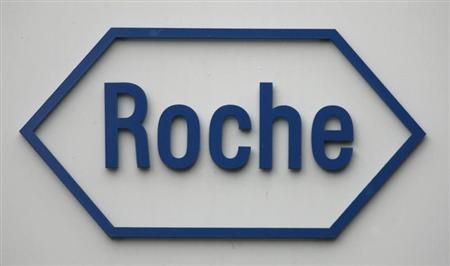
The other issue related to testing is a controversy about whether Trump set aside an Obama regulation to streamline testing.
“The Obama administration made a decision on testing that turned out to be very detrimental to what we’re doing. And we undid that decision a few days ago so that the testing can take place in a much more accurate and rapid fashion. That was a decision we disagreed with. I don’t think we would have made it, but for some reason it was made. But we’ve undone that decision.”
— President Trump, remarks at a roundtable with airline executives, March 4“This was a very big move. It was something that we had to do and we did it very quickly. And now we have tremendous flexibility. Many, many more sites. Many, many more people. And you couldn’t have had that under the Obama rule, and we ended that rule very quickly.”
Trump’s bogus effort to blame Obama for sluggish coronavirus testing
— Trump, additional remarks at the same meeting
The Liberal fact check websites say this claim is false; however, nobody has ever asked Trump what the regulation was, they just assert he was wrong. Folks, being that there is no shortage of Federal Regulations, I think there is not enough information on the public record to say if Trump is wrong or if the media is erecting a strawman argument to beat-up on Trump just because he dared to attack Obama. Does it really matter or are people just playing gotcha because…?
What I do know, is that since Trump’s comment, things are changing to speed up testing as I’ve shown above. Also, the White House has persuaded insurers to waive any copays for Corona testing.
Closing Comments
Besides the tests discussed above, many people are working now on antibody test kits. These would be a simpler test than converting RNA to DNA and so forth; methods mentioned previously. I think the goal is to have a “quick and dirty” test and then if that’s positive, you would then get a more thorough test.
I think that Corona infections will decrease as we leave cold and flu season but it may be back next fall just in time for a possible vaccine. However, if there is a vaccine, I certainly won’t be first in line, talk about being a guinea pig.
Next up, is Corona a bad Cold?
